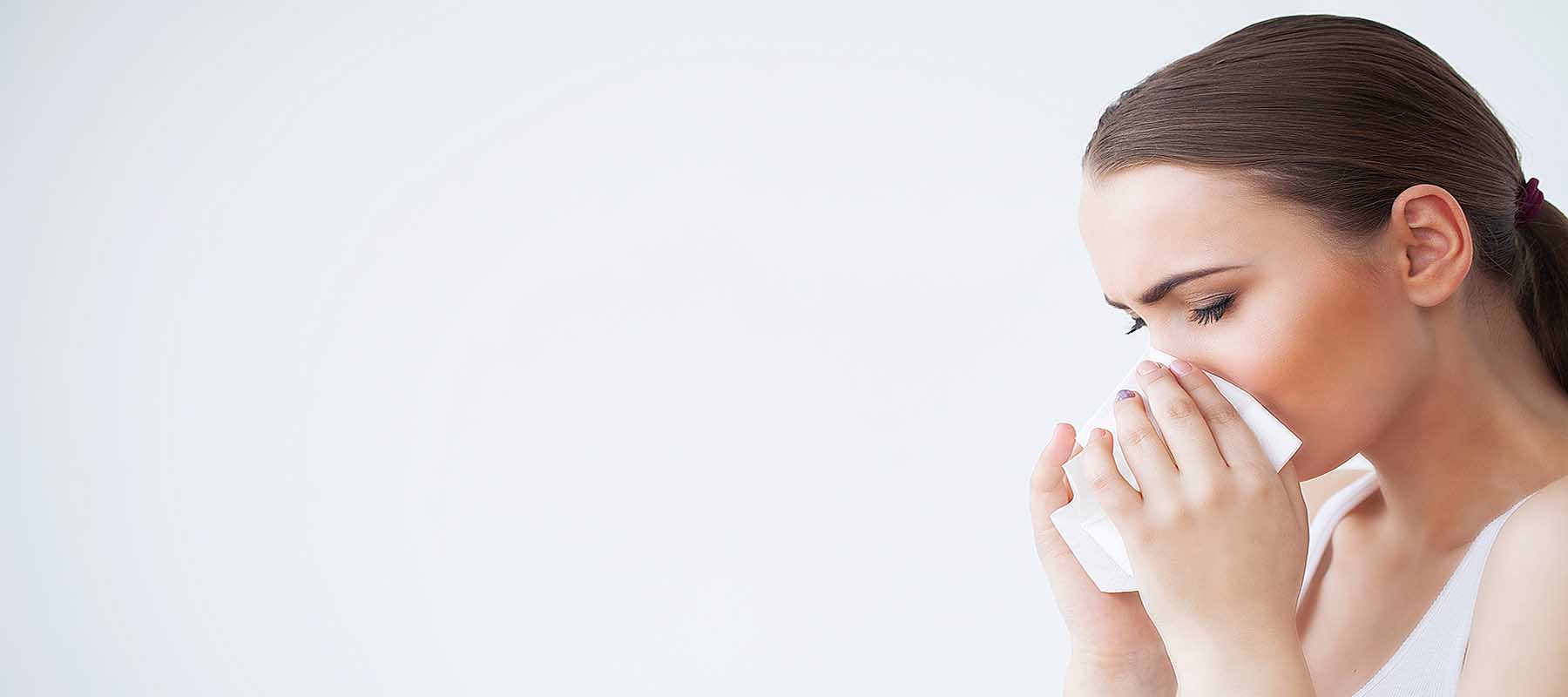For most of you, a great deal of your day is spent at work. You work approximately 8-12 hours each day. If you have allergies, it can be a less than hospitable environment.
Most of you suffering from asthma and allergies can be allergic to the following; the mites in the carpet or drapes in the office, the indoor fumes and odors such as smoke, cleaning products, plastic, synthetics, various electronics, or mold and mildew. You have control over your environment at home, how can you control allergies at work?
In most cases when you tell your boss you are having problems they will say there is nothing they can do. Trust me, they are not going to pull up the carpet or change cleaning companies. We have had customers tell us their boss thought they were just crazy.
You may need to take on the cleaning duties for your work space yourself. It might be a pain, but at least you will know it has been done.
Essentials for Allergies at Work
If you’re suffering at work and need immediate and long term relief, I recommend the following:
ADMS – Because you can’t rip up the carpet or tear down the drapes, I recommend spraying ADMS Anti-Allergen Spray on them. This spray is a heavy-duty anti allergen control spray proven effective against dust mites. The active ingredients work by instantly deactivating the allergen Der p1 and Der f1 found in dust mite droppings. Treating the carpet and drapes at the office once a month will definitely help to get rid of mites and will make you feel so much better.
AllerDust – A cleaning aid that will effectively remove allergens scattered around the office. Even though the cleaning crew may dust  you office you really need to do it every so often. Apply Allersearch AllerDust to your dust rag or duster, as you dust it will attract more dust and cause it to stick to your duster.
you office you really need to do it every so often. Apply Allersearch AllerDust to your dust rag or duster, as you dust it will attract more dust and cause it to stick to your duster.
GS75 Antimicrobial Surface Spray – A mold and mildew remover that works wonders. GS75 spray kills virus, bacteria, mold as well as mildew on impact so it won’t take very long to feel relief. I also suggest you use GS75 disinfectant spray during cold and flu season. Spray every thing people touch in your office.
Air Cleaners for Allergies at Work
If you work in a cube farm, you can’t control all of the air in the area. But you can control the air in your immediate area. If you have an office, you have a better chance of keeping the air in your office clean.
Austin Air Healthmate Air Cleaners – The Austin Air HealthMate is very effective in removing dirt, dust, pollen, mold spores and other allergens as well as smoke, chemical fumes, smog and noxious gases. Once this machine is on and running, it will filter out the smallest of particles and provide exceptionally good clean air. The Austin is also made of steel so the cleaning crew can’t hurt it (I’ve used mine as a printer stand before).
These are my personal recommendations on how to get your work environment allergy and asthma free. Since I work here it is easy for me to do these things.
The great thing is that these products can be written off as office expenditures so talk to your employer and see what they say. Your health is very important therefore, taking the necessary precautions isn’t something you should do but need to do.
Remind them a healthy employee is a productive employee.
Wishing you all the best,
Tiffany Daniel
AllergyStore.com
800-771-2246

